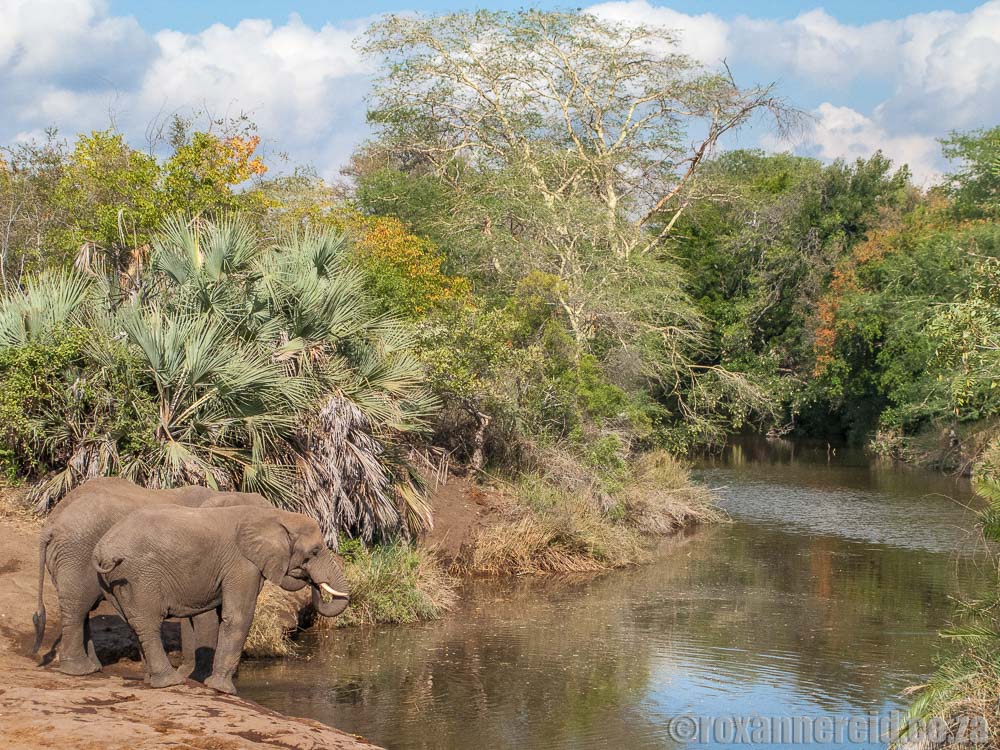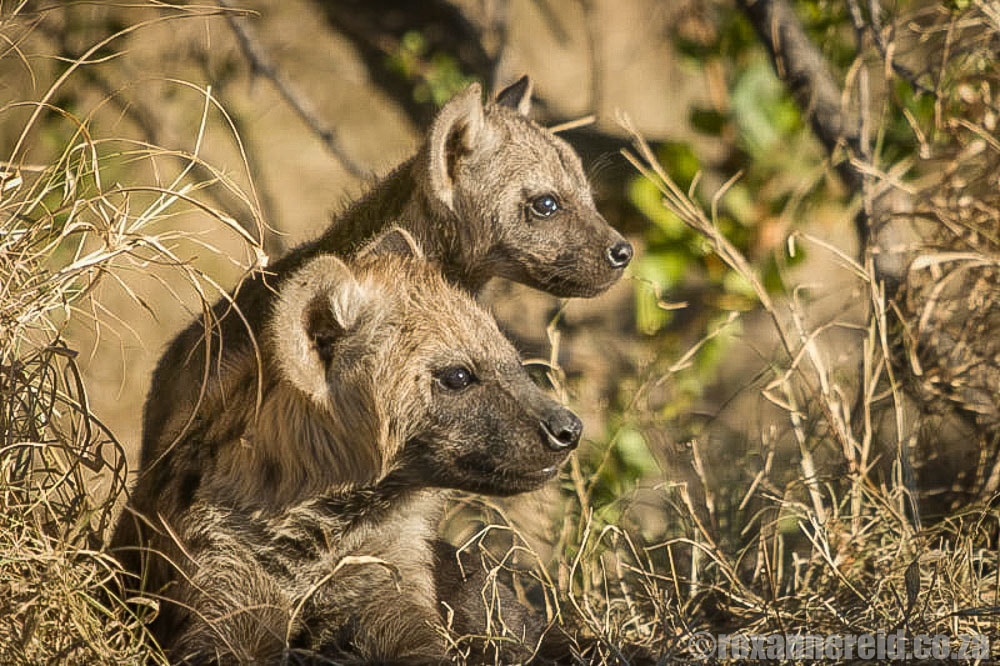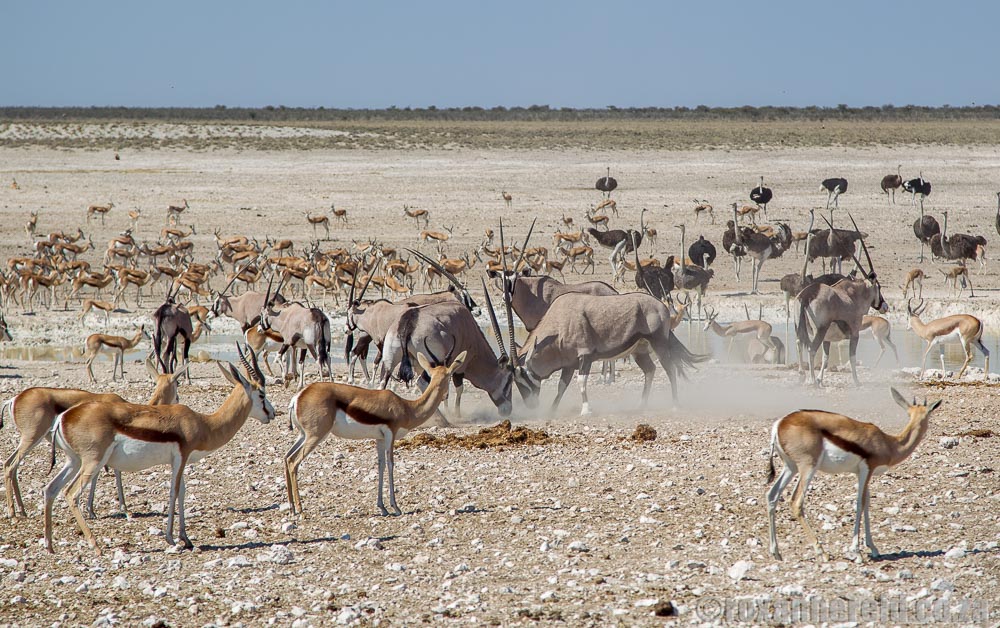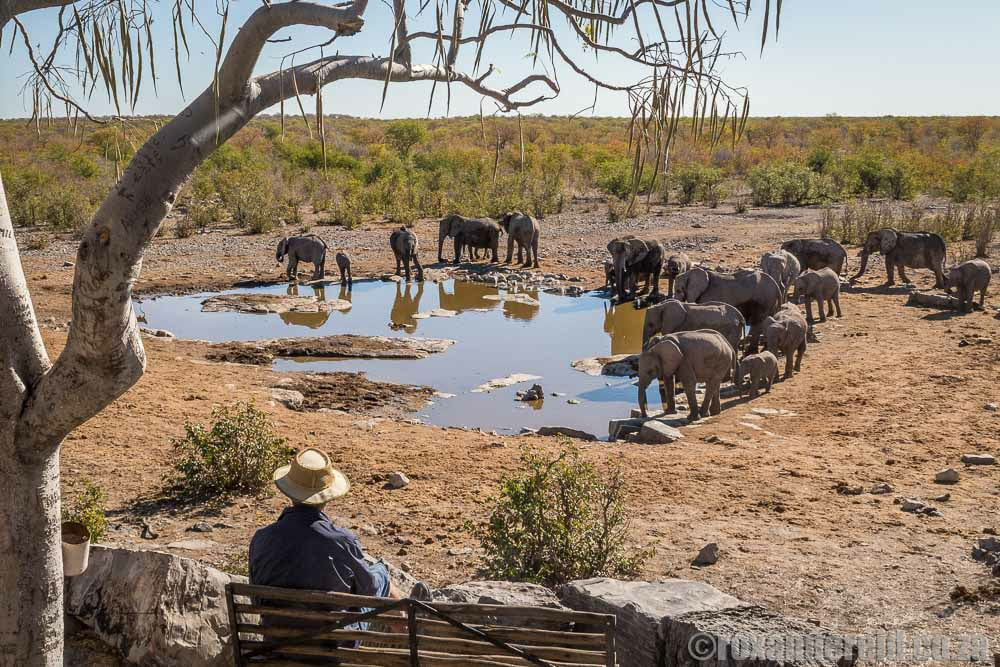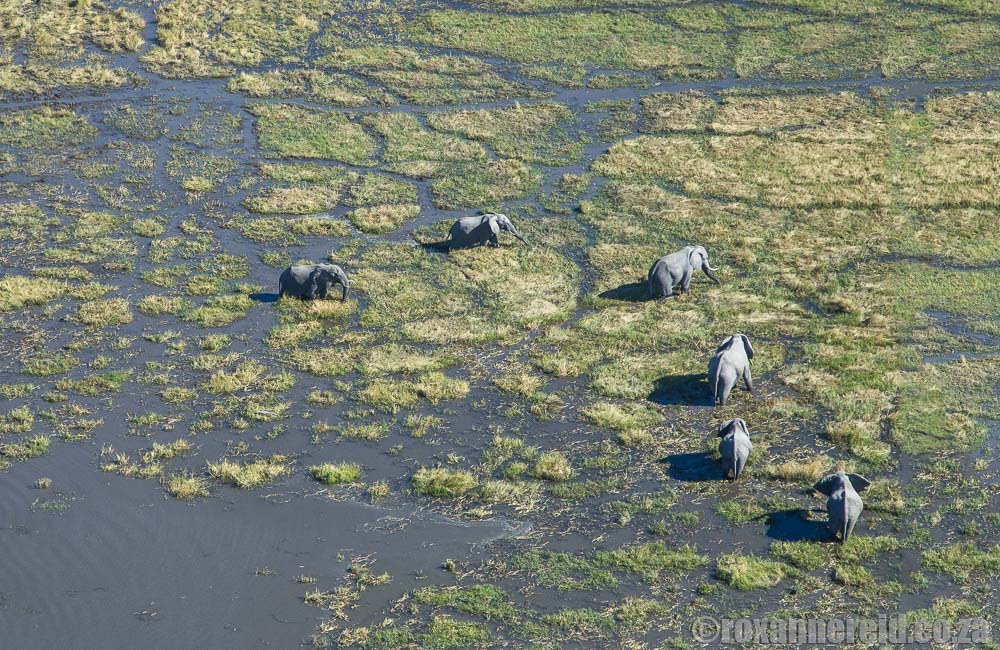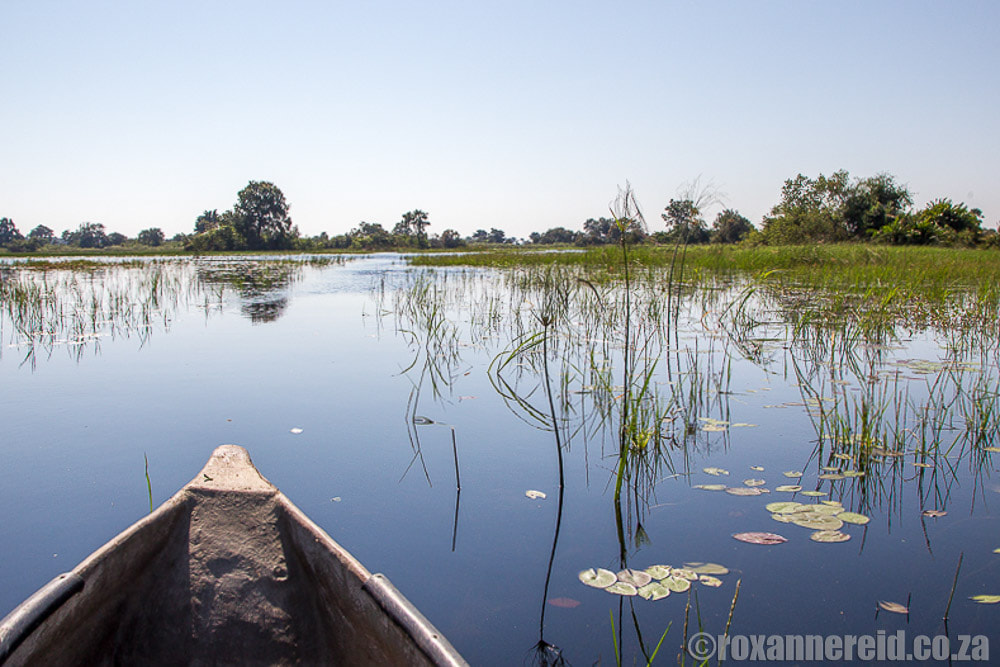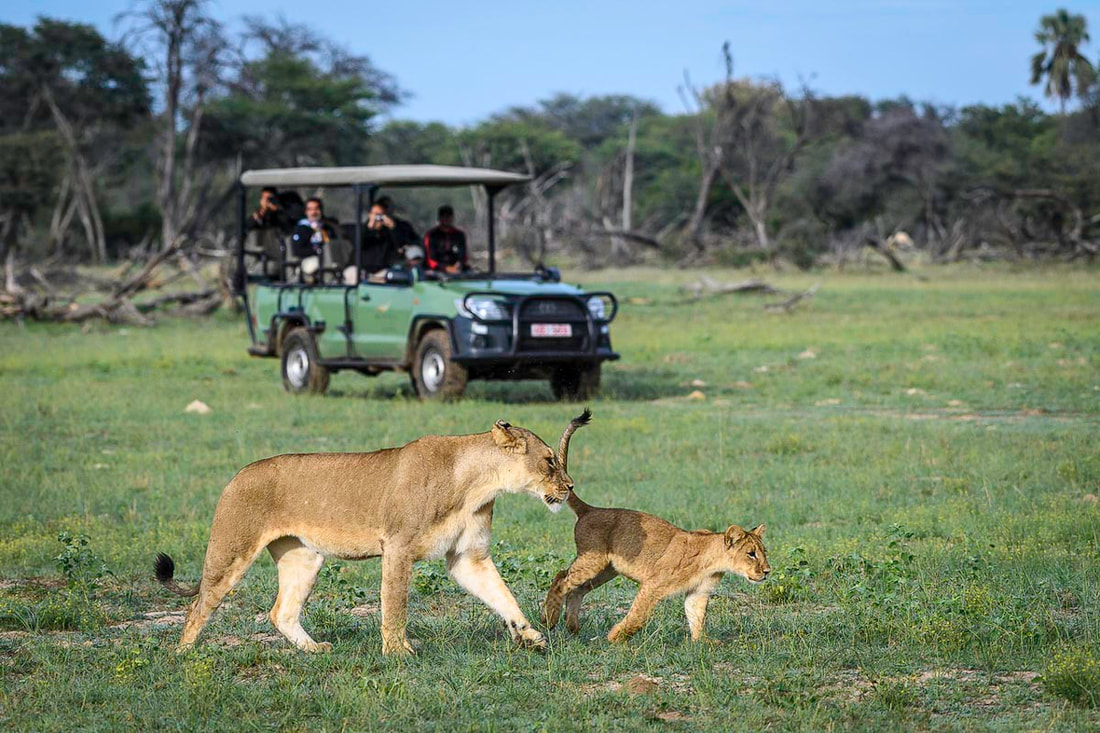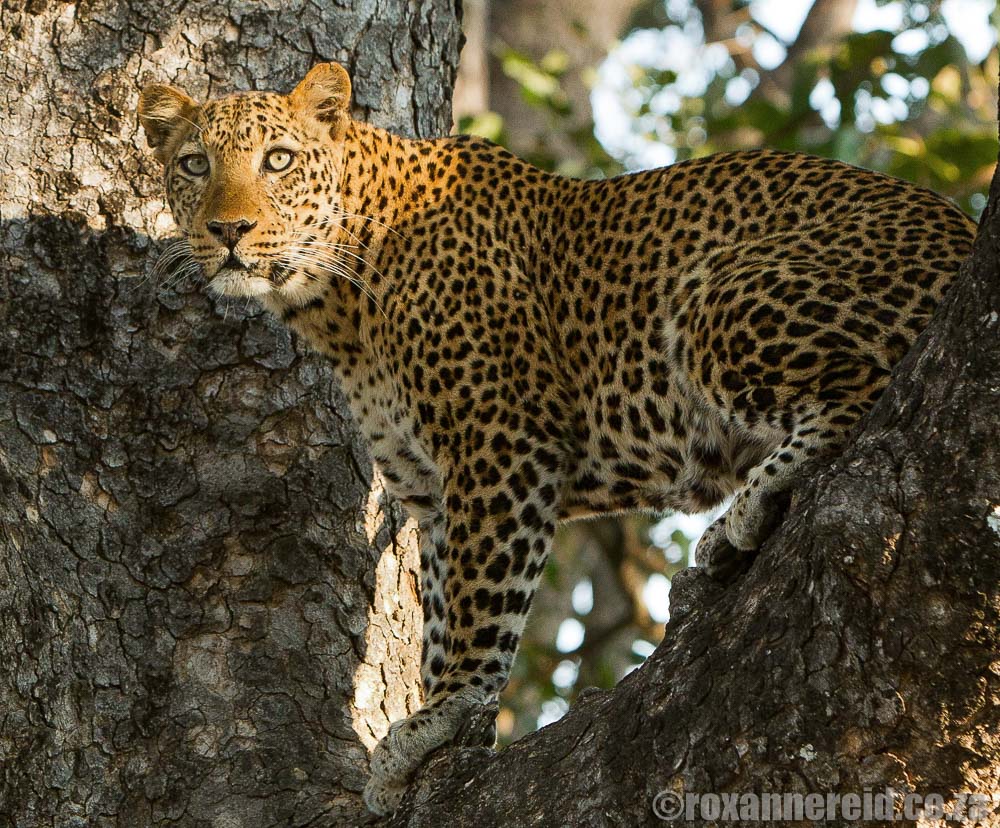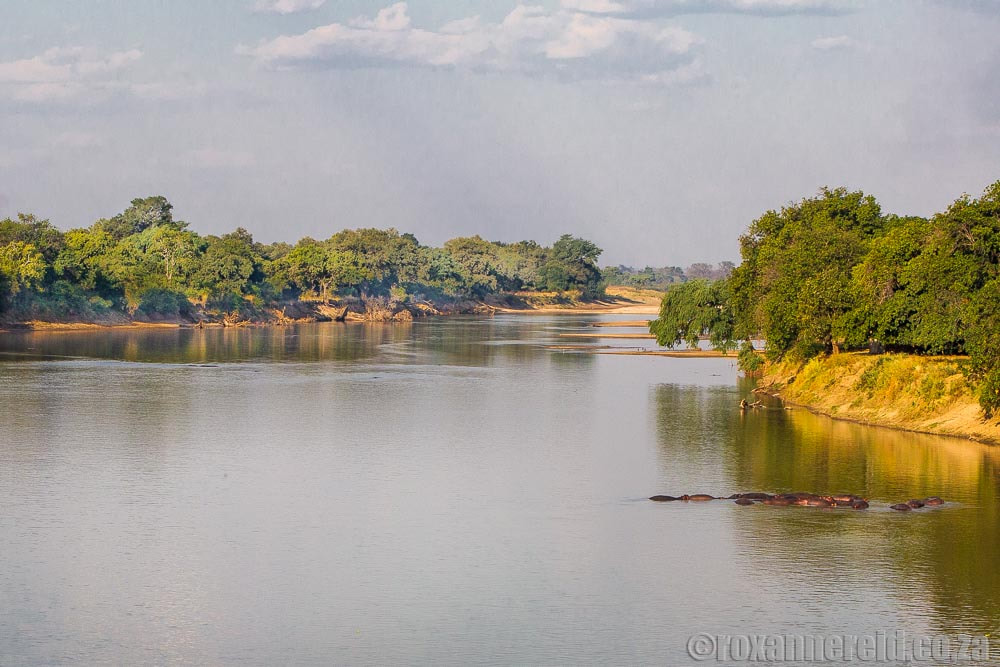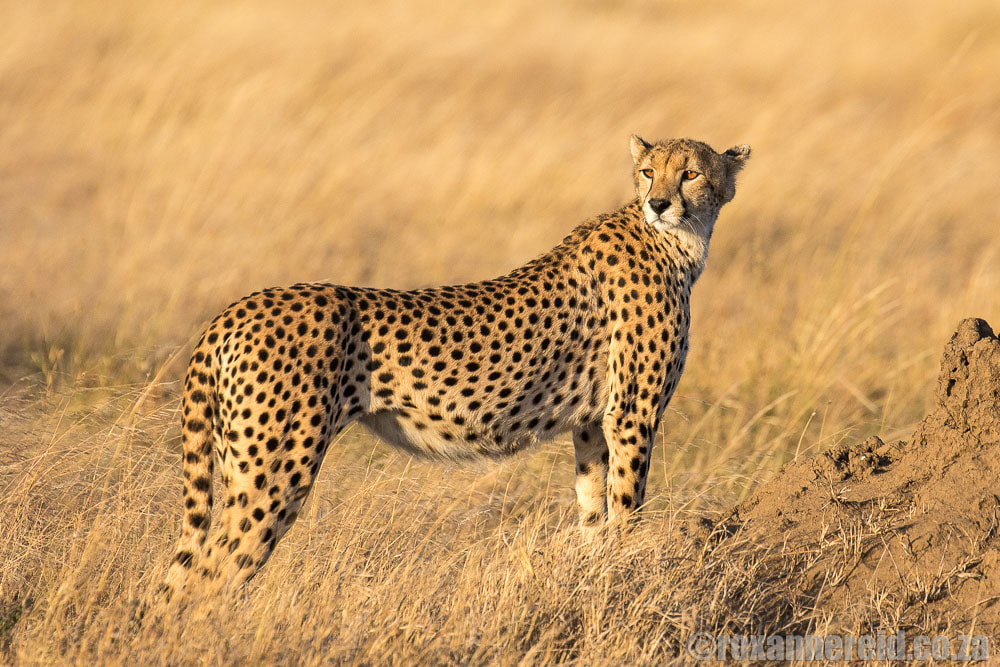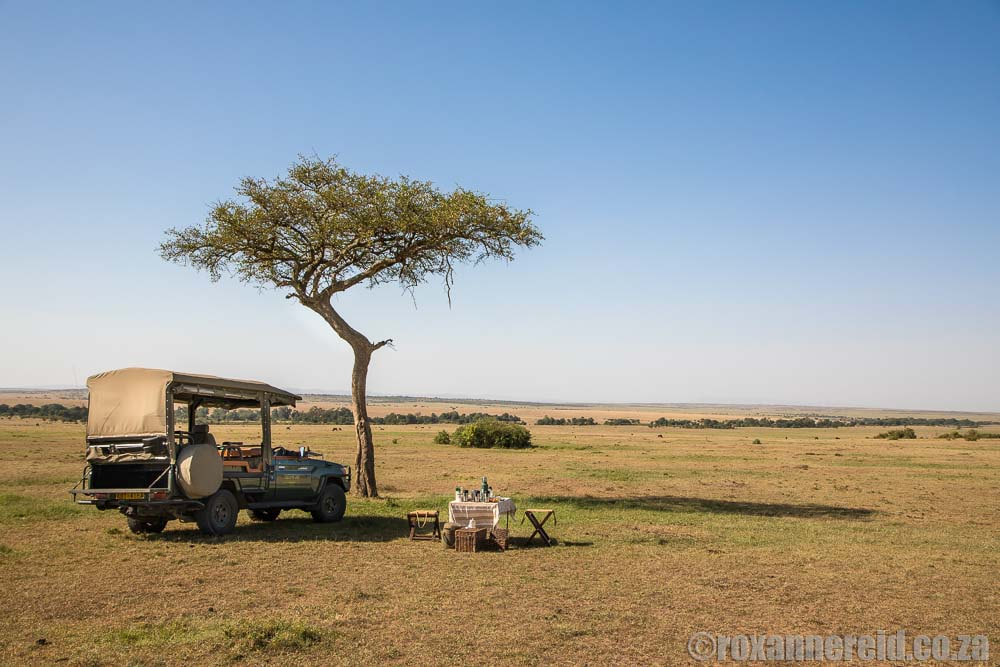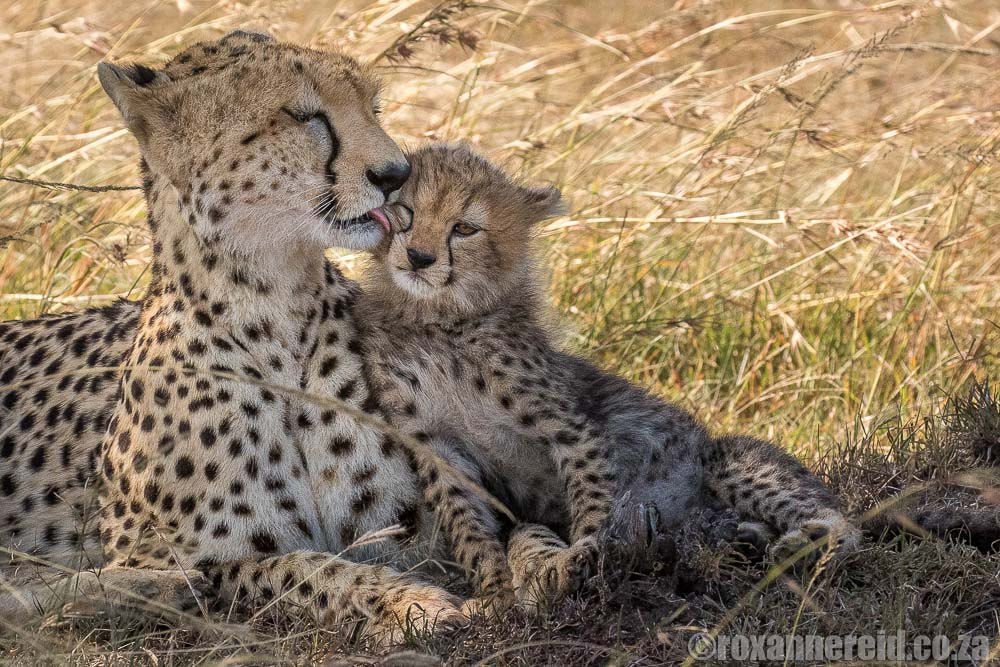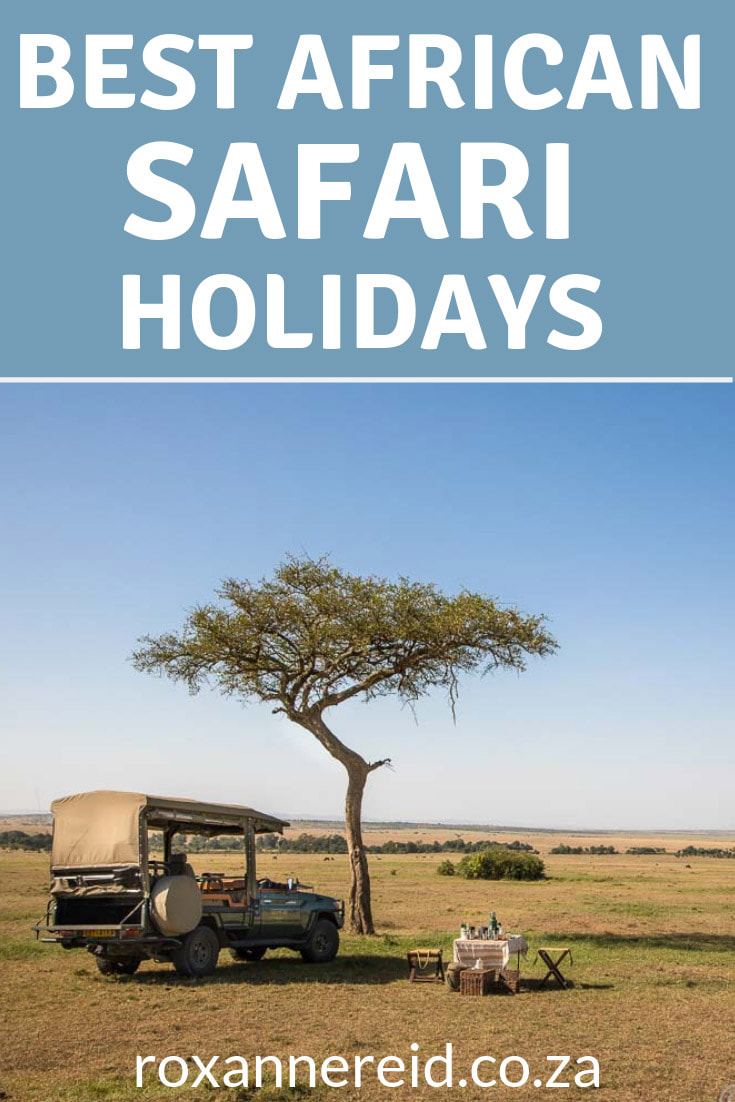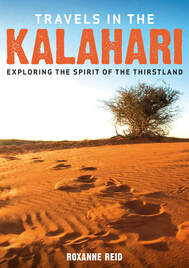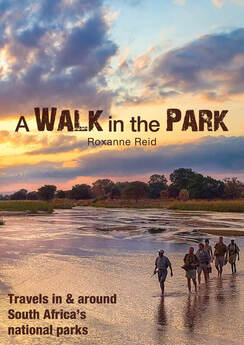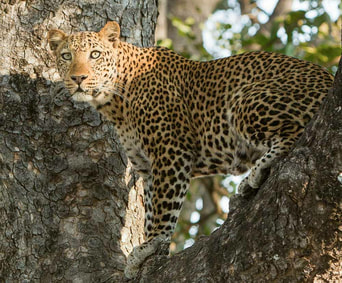
Which are the best African safari holidays? If you love wildlife, these 7 parks everyone should visit will be on your wish list. They span 7 countries in southern and East Africa. I’ll tell you what to expect, best time to visit, things you can do there, and some ins and outs to be aware of when planning your safari.
Kruger National Park, South Africa
A Kruger National Park safari is a must. This is South Africa’s most well known park, about 500-600km from Johannesburg, depending on whether you enter from the south or the north (or a 50min flight away). It’s high on anyone’s list of the best place for safari in Africa because of its astonishing diversity – 147 mammal species, 507 bird, 336 tree, 49 fish, 34 amphibian and 114 reptile species. Apart from the Big Five, which account for much of Kruger’s popularity, other animals to look for include hippo, crocodile, cheetah, hyena, wild dog and sable antelope. Stop near a waterhole and be patient – you’ll be amazed by how much you can experience. You may see all of the Big Five on a single morning’s game drive, but don’t forget to appreciate the smaller creatures too, to look among the brush for mongoose and into trees for an elusive owl having a snooze.
The dry season (May to October) is the best time to visit Kruger. May to August is cooler, but October can reach more than 30 degrees Celsius. Birders will enjoy September and October because that’s when the migrants return. I personally avoid December to March, which are very hot and can be wet, with flooding washing roads and bridges away from time to time.
Things to do at Kruger
- There’s a wealth of things to do in Kruger, from self drives to guided game drives and night drives which are a great way to improve your chances of spotting nocturnal species like leopard, hyena, serval and porcupine.
- Guided bush walks, backpacking trails and three-day wilderness hikes are perfect for immersing yourself in nature and experiencing it with all your senses. They’re usually more about tracks, small creatures and plants than big game, but you may get to watch big game like elephants and rhino at close quarters too.
- For something different, sign up for a self-drive 4x4 trail or go the full hog with a multi-day camping-out eco-trail through the bush with a guide.
- If you’re a keen cyclist you’ll love the guided mountain biking at Olifants.
- There’s a number of rock art and cultural heritage sites you can visit too, like Masorini and Thulamela.
- Kruger can get very crowded, with many vehicles swarming a sighting. Visit the south and central Kruger to see the Big Five but expect a crush of vehicles that can result in gridlock; go north for a sense of wilderness and the joy of not having to share your sighting with too many other vehicles.
- Kruger offers a huge range of accommodation options, from exclusive but expensive luxury lodges to mid-range self-catering camps and budget camping stays. There are restaurants in many of the larger tourist camps for lazy days when you don’t want to cook.
- Given its excellent road network, Kruger is one of the easiest parks to self-drive, even without a 4x4; just get a good map and GPS with accurate software.
- There are pleasant picnic spots dotted around the park where you may get out of your vehicle to stretch your legs, go to the loo or have a prepacked meal. You can even hire a gas cooker to cook your eggs and bacon.
- Daily conservation fees per person in 2019 are ZAR93 (for locals), ZAR186 (±US$13) for SADC visitors and ZAR372 (±US$26) for international visitors, according to the exchange rate. Depending on how long you plan to stay, it may be worth getting a Wild Card, which means you don’t have to pay entry/conservation fees.
- Remember that Kruger is a high-risk malaria area. Even though the risk is lower in the dry season, consult your doctor or travel clinic before your visit.
Etosha National Park, about 500km north of Namibia’s capital of Windhoek, is one of the best places to see wildlife in Southern Africa. Although you won’t find hippo, buffalo, crocodile or wild dog, expect good sightings of lion, leopard, elephant, rhino, cheetah, hyena, giraffe, zebra and antelope from eland to the tiny dik-dik. The landscape is very open so you can see a long way and don’t have to struggle to photograph animals through thick bush. In the dry season, animals come regularly to a small army of waterholes, which are good places to sit and be patient. Olifantsrus (campers only), Okaukuejo, Halali and Namutoni camps each have their own waterhole too, so your game viewing doesn’t have to stop when the sun goes down and camp gates close.
The dry season (June to September) is the best time for an Etosha National Park safari. Summers (October to February) are very hot, with average temperatures well over 30 degrees C. Winter days (May to July) are sunny and warm in northern Namibia, though it may get cold overnight. July and August are very busy in Etosha, with many European tourists choosing to visit during these months.
Things to do at Etosha
- The best things to do in Etosha are game drives and waiting at waterholes, but spend some time at the in-camp waterholes too, especially at Okaukuejo and Halali’s Moringa waterhole.
- The park offers guided drives. My choice would be a sunset drive, which includes some time out in the park after dark for a chance to see nocturnal species. This is special because you’re not allowed to self-drive in the park before sunrise or after sunset.
- For something completely different, visit Etosha Safari Camp to experience the shebeen with its energetic township vibe. You’ll find it 10km south of Anderson Gate near Okaukuejo. You can camp or stay in chalets there too if you want to avoid the very busy Okaukuejo camp.
- The rest camps and campsite ablutions were refurbished in 2007 for Etosha’s centenary and haven’t had much attention beyond basic maintenance since then, so they’re a little tired.
- Don’t expect wonderful food or service in the restaurants, even though they’re pricey; the better option is to self-cater if you can. You can restock with basics at the shops in the main camps of Okaukuejo, Halali and Namutoni.
- Daily conservation fees per person in 2019 are N$30 for locals, N$60 (±US$4) for SADC visitors and N$80 (±US$5.50) for international visitors, plus N$10 per vehicle.
- Etosha’s fairly simple road network means it’s one of the easiest parks to self-drive; you don’t even need a 4x4 in the dry season. Some of the road markers are a bit faded so make sure you have a proper map as well. You can buy these at the shops in the main camps.
- There are a few places where you may get out of your vehicle to stretch your legs, go to the loo or have your sandwiches, although they’re not very well maintained. I prefer to eat in the car at a waterhole, when you still have a chance to see wildlife.
- Although the risk of malaria is lower in the dry season, consult your doctor or travel clinic before your visit.
Okavango Delta, Botswana
The Okavango Delta in landlocked Botswana offers one of the most diverse safaris in Africa. Covering between 6 000 and 15 000 square kilometres, this montage of islands, water channels, floodplains, swamps and game tracks owes its existence to the Okavango (Kavango) River that flows from the highlands of Angola. It’s a UNESCO World Heritage Site and one of few inland deltas in the world. The variety and quantity of wildlife here is a draw card. You have a chance to see some 160 mammals – from elephant, lion, leopard, wild dog, cheetah, hyena, buffalo, hippo, croc, giraffe and zebra to antelope specials like sable, roan, sitatunga and red lechwe. Birding is also excellent with some 500 species, including African fish-eagle, Pel’s fishing-owl and numerous bee-eaters and kingfishers.
The best time for wildlife sightings on a Okavango Delta Botswana safari is from July till October, when temperatures are moderate and the Delta is flooded. April, May and June are a little less busy with visitors though sightings are still good. December to February are hot, wet months.
Things to do in the Okavango
- Depending on water levels and camp location, you may be able to game drive here, or your activities might be mainly boat-based. Either way, don’t miss poling along the waterways in a mokoro (dug-out canoe) to slink quietly up to birds, frogs and other animals.
- Bush walking with a guide is a wonderful way to connect with nature and see small things up close. Note that walking isn’t allowed in a national park like Moremi, but is allowed on private concessions in the Delta, though it may be seasonal depending on water levels and the length of the grass.
- For the ultimate close-to-nature indulgence, book a night at a camp that offers a romantic sleep-out on a star bed platform. Wilderness Safaris has a few of them.
- Botswana’s high-value, low-impact tourism model is both good and bad for visitors; it keeps a lid on the number of tourists but it also means that the Delta is an expensive destination, filled largely with luxury private concessions that offer exclusive safaris, with the added cost of flying in over the Delta on a charter plane.
- You can enjoy a budget safari in Moremi Game Reserve in the Delta, where you can self-drive and camp if you have a 4x4 and strong skills in driving in deep sand in the dry season and mud in the wet season.
- Daily conservation fees at Moremi in 2019 are BWP120 per person and BWP50 per vehicle (±US$11 and US$4.60 respectively). If you’re staying at a private luxury camp in the Delta, your park fees will often be included in the price of your accommodation.
- Malaria occurs in the Okavango, although the risk is lower from June to September. Consult your doctor or travel clinic before your visit.
A good choice for a Zimbabwe safari is Hwange National Park. It’s the country’s largest park at some 14 650 square kilometres, or half the size of Belgium. It’s best known for its high density of elephants. Its mix of different veld types makes for game viewing all year round. There are more than 100 species of mammals including the Big Five (though rhino numbers are small and they’re less easy to see because they prefer thick vegetation). There are also hippo, hyena, cheetah, wild dog, zebra, giraffe, wildebeest and antelope like sable, eland and kudu. Birders will enjoy nearly 400 bird species, especially raptors. Wildlife relies on pumped waterholes, which are superb places to see game, especially elephant and buffalo. Originally run by diesel generator pumps, they became known as the heart-beat of Hwange. In recent years many have been converted to solar pumps.
The dry season (July to October) is the best time to visit Hwange. This is generally when wildlife congregates in larger quantities around the artificial waterholes to drink. Low season is January to May, when accommodation is cheaper but some of the camps close. Birders will want to visit from October to March when the summer migrants swell the number of species they can spot (like southern carmine bee-eater, for instance). For photographers, the months December to March provide contrasts between dark cloudy skies and lush green vegetation. Just be aware that in these months humidity and day-time temperatures are high.
Things to do at Hwange
- As with all parks and reserves on this list, game driving will be the hallmark of your experience. But spend time at some of the raised viewing platforms or sunken hides at waterholes for a change of pace.
- If you stay at a camp on a private concession on the edge of the park, you will be able to do night drives to spot elusive nocturnal species.
- You can also do early morning bush walks on private concessions, a chance to see, hear and smell things you’d miss in a vehicle and to learn from excellent Zimbabwean guides how to interpret tracks and signs.
- The Elephant Express, a converted railcar operated by Imvelo Safari Lodges, is a different way to see wildlife on the open plains and in forest woodlands.
- Horseback safaris have become popular, with two operators now working in and around the park.
- If you have an interest in culture, arrange to visit a local village to learn about the community.
- Since Hwange is about 150km from Victoria Falls, it makes sense to combine your safari with a trip to this UNESCO World Heritage Site.
- Daily conservation fees in 2019 are US$5 per person per day for locals, US$8 for SADC visitors and US$20 for foreigners.
- There’s Hwange accommodation for all budgets, from camping and basic huts provided by Zimparks to luxury camps on private concessions. Although the latter are expensive (but with low-season discounts), they make for a wonderful personal safari with excellent guides and delicious food, and often come with a hide and a waterhole at the camp.
- You can self-drive and self-cater in Hwange but be aware that Zimparks facilities at Main Camp, Robins Camp and Sinamatella are run down and very basic. Bring everything you need with you, including drinking water. To be safe, I’d recommend a 4x4 for self-driving here, especially in the wet season.
- Guided drives are in open safari vehicles.
- There are a few places in the national park where you may get out of your vehicle to stretch your legs or enjoy some coffee from your thermos or a packed meal.
- Hwange is a high-risk malaria area, especially from October to May. Consult your doctor or travel clinic before your visit.
The particular appeal of the 9059 square kilometre South Luangwa National Park is its unhurried, uncrowded wilderness atmosphere with a high concentration of game. On this Zambia safari you can expect dry woodland, mopaneveld, and lush riverine vegetation along the Luangwa River with its oxbow lakes. There are 60 mammal species in the park, including elephant, buffalo, leopard, lion and wild dog. You’ll also see hippo, croc, puku and waterbuck along the river, and there are a few special endemic species to watch out for, like Thornicroft’s giraffe, Cookson’s wildebeest and Crawshay’s zebra. Birding is good, with over 400 species, including nearly 40 raptor species and lots of water birds like African fish-eagle, openbill and saddlebill storks, and kingfishers.
The best time for a South Luangwa safari is the dry season from June to October. The best time for birding is from September/October, when summer migrants start to swell the numbers. November, April and May are shoulder season, when you’ll still have good sightings but can snatch some good bargains on your accommodation, although some remote bush camps close. December to March is low season, when temperatures are high, some roads are inaccessible, most of the rain falls and many camps close. Plusses of this period are good birding, lower accommodation prices, fewer visitors and lots of newborn animals. However, sightings aren’t as good as in the dry season because the rains make the bush quick thick and animals don’t have to come to the river to drink. If you hate heat and humidity, you might prefer to avoid October to April.
Things to do in South Luangwa
- You may spend some of your time game driving, but South Luangwa also offers some of the best walking safaris in Africa with operators like Robin Pope Safaris and Norman Carr Safaris.
- Even if you’re self-driving in the park, budget for at least one guided drive to learn about some of the seasonal roads and good spots for finding game. A sunset/night drive is a good choice because self-drivers aren’t allowed in the park at night and this gives you a chance to see nocturnal species. Guided drives are in open safari vehicles.
- Visit Tribal Textiles at Mfuwe village just outside the park to watch local artists make hand-painted textiles combining traditional African art with contemporary design.
- A few kilometres from Mfuwe is Kawaza village, where you can learn about the culture of the local Kunda people.
- Daily entrance/conservation fees in 2019 are US$20 for SADC visitors and US$30 for international visitors.
- Some camps close in the wet season.
- There are a number of private lodges in the park, with prices from the mid range to super luxury. They offer twice daily game drives with excellent Zambian guides who know the area well.
- If you’re looking for a budget camping safari, book at one of the campsites in the Game Management Area (GMA) bordering the park; they’re obviously cheaper than staying in lodges inside the park but there are no fences between the park and the GMA so you’re not cut off from the wildlife.
- If you’re self-driving, you need to be fairly adventurous in a high-clearance 4x4 vehicle because many roads in the park are little more than jeep tracks; they get remade each year after flooding. Make sure you have good GPS software because you’re unlikely to get a map of the park when you enter at the gate.
- I can’t remember seeing any places inside the park where you can stop to stretch your legs or enjoy a packed lunch.
- South Luangwa is a high-risk malaria area, especially from October to May. Consult your doctor or travel clinic before you visit.
Serengeti National Park, Tanzania
The Serengeti – 14 750 square kilometres of savanna, grassland, riverine forest and woodland in northern Tanzania – is one of East Africa’s classic safari destinations. Here you’ll find the Big Five, over 500 bird species and of course the Great Migration, when around two million wildebeest and zebra migrate north from southern Tanzania to Kenya and back again. Big cat sightings are common (especially lions because of their high population density here), as are elephant and buffalo. Don’t despair if you’d rather avoid the crowds that descend on the park during crossing season for the Migration; Serengeti has plenty of resident wildlife that makes for good sightings all year round. Remember to stop to admire the landscapes of plains, umbrellas trees and giant rock outcrops.
There’s good game viewing all year round, but the best time for a Serengeti safari is probably June to October. Calving season is the end of January to the end of March, when the southern plains are the place to be. Rutting season is June and July, when the herds are in the western Serengeti. Crossing season, when most of the river crossings happen, is from the end of July to October, when the herds cross from Serengeti into Kenya’s Maasai Mara (see below). April and May see the long rains, with the short rains from November to January; these wet, green season months can deliver hefty discounts for visitors compared to the crossing season. Remember that you can have great big cat sightings at any time of year in the Serengeti.
Things to do in Serengeti
- Apart from your game drives, one of the best things to do here is to visit a Maasai village to learn about their culture and customs.
- If you have the budget, don’t miss a hot air balloon ride over the Serengeti plains. It’s an experience of a lifetime to look down on the herds as you float by following the direction of the wind.
- Go on a walking safari with a guide to really absorb yourself in nature and its wonders. Just check before you book because not all camps offer bush walks.
- From July to October the Serengeti can get very crowded, with more than 100 or 200 vehicles jostling for space at sightings.
- Private concessions on the border of the park give a less crowded experience but it’s a privilege you pay for.
- Daily conservation/entry fees in Serengeti are much higher than Southern African parks at US$60 per person per day for international visitors.
- Unlike the open safari vehicles you see in southern Africa, those in the Serengeti are often closed with a top hatch that opens, giving a less immersive experience. If you care about this, check before you book.
- Malaria is a risk in the Serengeti, though higher in the rainy months of April, May and November to January. Consult your doctor or travel clinic before you visit.
Maasai Mara National Reserve, Kenya
Say the words Maasai Mara and you’ll immediately think of a classic East African safari, abundant wildlife and attractive tree-dotted plains. About a five-hour drive from Nairobi (or a quick 45-minute flight), this national reserve in southwest Kenya covers 1510 square kilometres – or 2500 if you include the surrounding conservancies. It forms the northern part of the Great Wildebeest Migration that stretches between Tanzania’s Serengeti (see above) and Kenya. There are 95 species of mammals here, and you’re likely to see a glut of lion, leopard and cheetah, hippos and crocs, giraffe, buffalo and heaps of plains game like zebra, wildebeest and topi. More than 450 species of birds have been recorded.
Although the Mara is a year-round destination for big cats and general game, peak season is July to October; you’re most likely to see the Great Migration and maybe some river crossings in August and September. November to May is low season, when you can get substantial discounts, but the long rains come in March and April, so these aren’t the most comfortable months for a Masai Mara safari. That said, photographers sometimes prefer the wetter months for the lush green grass and the dust-free air.
Things to do in the Maasai Mara
- Game drives are obviously an essential part of the Kenya safari experience, but depending where you stay you can also visit a Maasai village to learn about the culture and traditions of these local people.
- Take to the skies in a hot air balloon at dawn to see the rolling plains and winding rivers of the Mara beneath you, spotting antelope, wildebeest, zebra and maybe even elephant and lion from the air. Finish with a slap-up breakfast before returning to camp.
- As in the Serengeti, if you travel in the Mara during the Migration your experience will be crowded, with loads of other vehicles all jockeying to see the same sightings.
- Daily park fees are high, much higher than in most southern African parks. If you stay inside the park it’s US$70 per person per day for international visitors in 2019, or US$80 if you’re staying outside the park and coming in as a day visitor.
- When you book, check what kind of vehicles your operator uses for their safaris. I much prefer open vehicles for a feeling of freedom and being close to nature, but some in Kenya use closed vehicles with a hatch in the roof.
- If you want to splurge, staying in one of the luxury camps on a private concession adjoining the reserve can be a way to ensure a less crowded experience where you have a sighting to yourself and perhaps one or two other vehicles. These camps, like those run by Great Plains Conservation, are all-inclusive and come with a guide to drive you around and explain the ecosystem.
- If you want to experience the Mara on a tight budget, it’s possible to self-drive. Just invest in a good map and GPS – and perhaps even hire a Maasai guide to come in your vehicle. You’d need a 4x4 because the roads can be rudimentary and especially difficult after showers. There are campsites in the reserve but they can be fairly basic so stock up in Nairobi and be self-sufficient.
- Although malaria is rare in the Mara because of its high elevation, it does exist so consult your doctor or travel clinic before you visit, especially if you’re travelling outside the dry season.
Like it? Pin this image!
Things to do on safari on the Northern Circuit, Tanzania
27 of the best African countries to visit for travel adventure
Safari honeymoon in Africa: romantic breaks for nature lovers
Best African countries to visit for epic things to do
Copyright © Roxanne Reid - No words or photographs on this site may be used without permission from roxannereid.co.za
